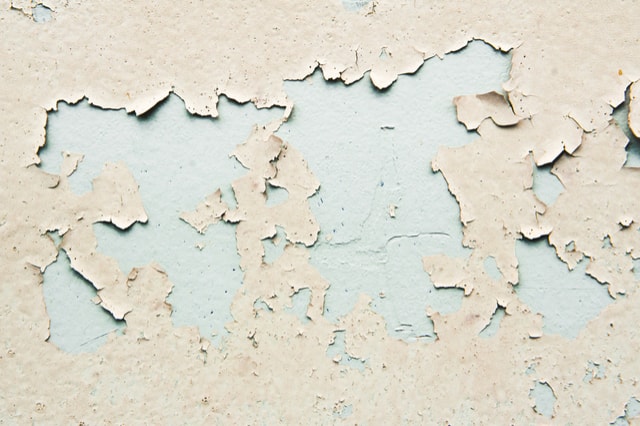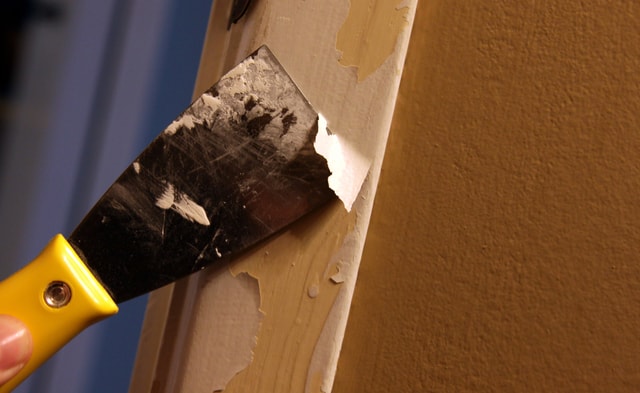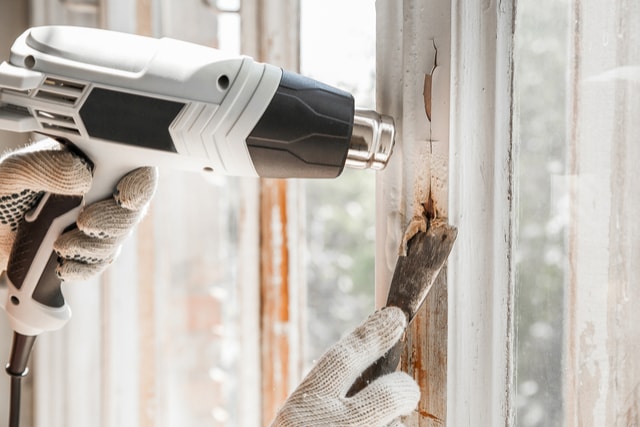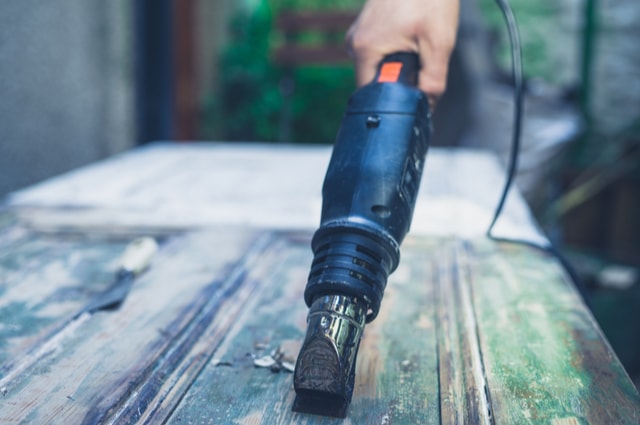 Introduction – Causes of peeling paint
Introduction – Causes of peeling paint
What causes paint to peel? Peeling happens when you paint over an area that has built up soap scum and water such as toilet or bathroom ceilings and walls. It also happens when you paint in high humidity conditions. This causes moisture to seep to the paint surface from the wall.
Walls with peeling paint therefore become unsightly, and they become breeding grounds for different types of bacteria. If the wall is peeling in a common place such as the sitting room, the homeowner becomes embarrassed. That is why it is advisable to repaint a wall that is showing signs of peeling paint so that you can restore and make the wall attractive once more.
Getting Rid of Peeling Paint
The following tips will help you get rid of peeling paint and repaint the area for better results:
1. Protect yourself and prepare your workspace – This is the initial stage of painting. Protecting yourself by wearing glasses, safety masks, and gloves is paramount. You should then make your workspace by placing a large piece of plastic near your working area whose work is to catch stray bits of paint. Another consideration is to tape off trim areas that are near your working space and remove any finishings such as furniture from the place.
2. Remove the area with paint problems – You have to use a paint scraper or wire brush to remove all the loose paint from the affected areas.
3. Make any necessary repairs – After removing the peeling paint, cracks or holes may be left. You should then fix them before repainting the area. You can do this by applying a patching compound by use of a putty knife. Then smooth the area and let it dry as instructed.
4. Prepare a smooth surface – You can do this by sanding the area to be fixed by use of fine-grit sandpaper with a motive of removing any lines or grooves. In this way, you will have a very smooth surface.
5. Clean the area – The area to be painted should then be cleaned by using a lightly damp sponge or tack cloth. A thorough cleaning should be done by wiping the area to be painted, again with a clean rag and once more with a dry rag. After that, let the wall dry completely.
6. Prime the walls – You are supposed to prime the walls if the cause of peeling the paint was moisture. Allow the area to dry after covering it with a primer. This is an essential stage because your new to be applied paint must be protected from the same moisture problem.
7. Finally, do the painting – With a wall ready to be painted, you are supposed to look for the best paint colour. The first coat should be applied evenly and then let to dry. After that, apply the second coat and let it dry too. Clear everything from your site and wait for the best results.
Conclusion
With signs such as the paint surface having holes and spidery cracks, the paint on walls is bound to start peeling. Noticing such conditions at an early stage is critical to put the precautionary measures that have been explained above. In that way, you can avoid embarrassments.







 If you are stripping paint on a house, you need to look for the best tools to make your job easier. Some work better compared to others, and their performance usually depends on the condition and type of paint you’re removing. Here are some of the best
If you are stripping paint on a house, you need to look for the best tools to make your job easier. Some work better compared to others, and their performance usually depends on the condition and type of paint you’re removing. Here are some of the best